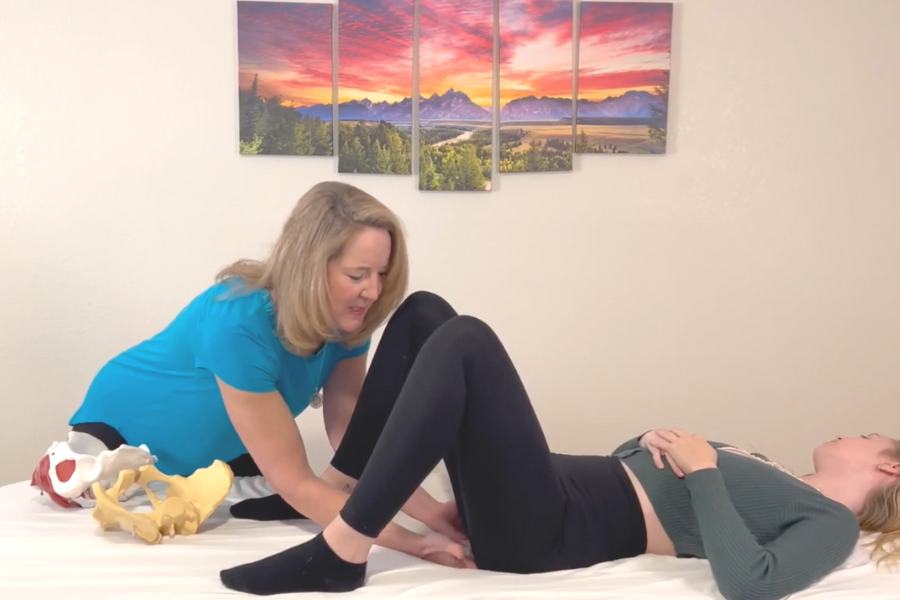Address the Pelvic Bones First
Address the Pelvic Bones First
Before Intravaginal Work
It is imperative for successful intravaginal work to first address the bony pelvis and joints externally to ensure good mobility and alignment.
As physical therapists, we were never taught how to work with both the pelvic bones/joints in conjunction with the pelvic floor muscles to effect change. Our training taught us to work on the pelvic floor muscles in isolation, encouraging muscle release. And it has been common practice to force the release. This approach can be less effective and could be a potential source of unnecessary pain.
The pelvic floor muscles are at the mercy of the mobility of the pelvic bones, sacroiliac, and symphysis pubis joints as the foundation of their support. To be effective, we must ensure this foundation is mobile and aligned. Addressing the bones/joints first offers the muscles to be in their proper length/tension curve for treatment.
Why this Works:
We know that regular skeletal muscles attach to bones via tendons and that muscles act like levers to affect the movement of these bones. So if our goal is to effect a change in the tone of the muscles it only makes sense to use the bones to facilitate that change.
In the pelvis, the muscles of the pelvic floor attach from the sacrum and coccyx in the back to the pubic and rami bones in the front with attachments along the arcus tendinous fascia pelvis/levator ani on the sides and ischial tuberosities more inferior/posterior. Because of the relative stability of these bones that house the pelvic floor, the muscles don’t respond in the same way as other muscles in the body. The pelvic floor muscles don’t move bones/joints per se, instead, they lift up and shorten as they contract and they lengthen to bulge. There is a slight movement of extension of the sacrum and coccyx with contractions but not to the same degree as elsewhere in the body.
So knowing that the pelvic floor muscles attach to the pelvic bones, it becomes imperative to work with the pelvic bones/joints externally first when treating the pelvic floor muscles.
The Bony Pelvis Must:
- have proper alignment
- have proper mobility and function
before attempting to do any work on the pelvic floor muscles internally or externally.
This is the starting point for successful intravaginal work: assessing and treating the bony pelvis/joints for mobility and positioning. Following this approach, the pelvic floor muscles will be more willing to let go, soften, and release.
This makes our job so much easier.

